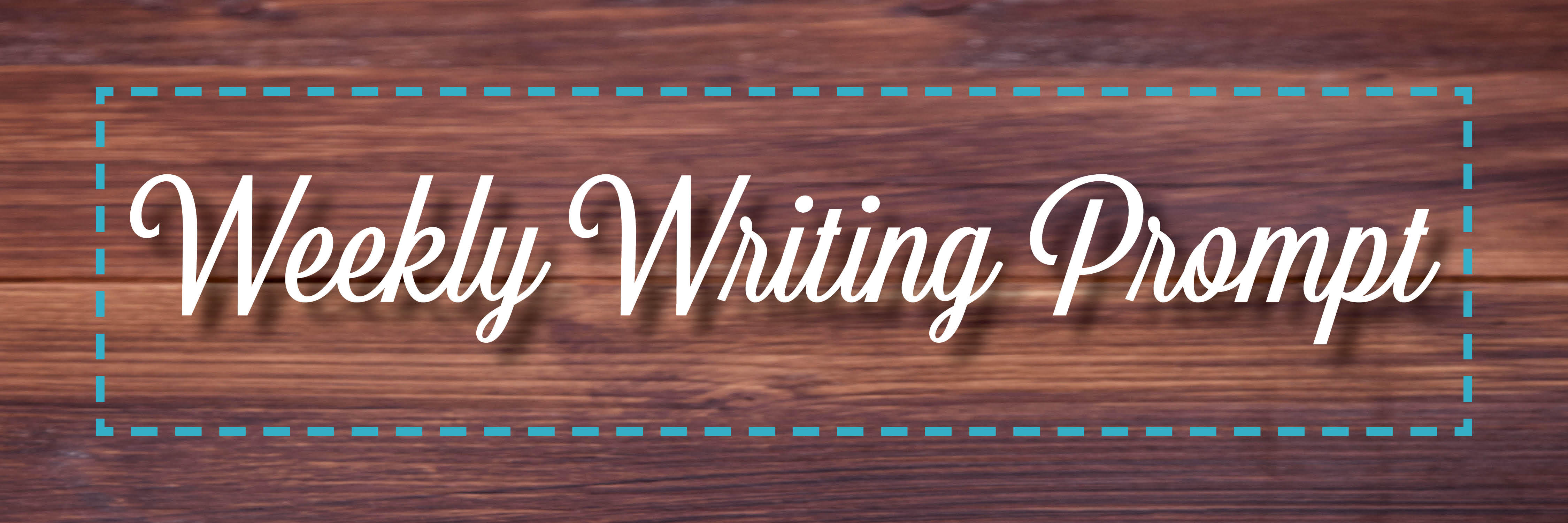Weekly Prompt: Leap

For the past few months, we ran a daily social media writing prompt aimed at sparking creativity for those of us who were going on day thirty, forty, fifty of sitting inside our homes. Now that it's summer and the world is beginning to, slowly, unfurl its wings again, we wanted to think bigger. So much of writing happens in response to our experience and to other writing we encounter. The latter is what this new weekly series will focus on.
Every post in this series will include a weekly reading and a list of prompts in response to that reading. Some of them will be focused on craft; some will ask you to evaluate content. This idea was born from an MFA course I took that focused almost entirely on emulating the style of other writers and then reimagining that first draft into something that was our own but still had echoes of the original. It's also inspired by the heightened sociopolitical reality so many of us come face to face with each day. Writing can be for pleasure; it can be cathartic; it can be used as a tool; it can preserve memory; it can foster connection. Whatever it may be, I hope this series helps you find what you're looking for out of your practice.
______________________________________________________
Week of July 20
Reading: "Leap" by Brian Doyle
Craft element to note: The short-short form. Though I won't be focusing so much on why it works as on how Doyle made it work so well. The why of it is fairly simple: this essay is about people leaping from the south tower on 9/11 instead of dying inside the building, which is such a painful topic for most of us, a topic most of us have already thought at length about, that reading 600 words is much more accessible than reading ten pages. We know what happened. What we're looking for isn't a recounting but a takeaway. That brings us to the how, which I've broken into three parts.
The first is witness accounts. Doyle doesn't need to spend time creating a scene for us, because he's pulling eyewitness accounts—so many of them that we, the readers, accept their account as truth. It starts to be so pervasive in the essay that we can imagine witnessing the same thing. This leads us to part two: letting history do the work. Again, the majority of readers here will know what happened on 9/11 and so already have imagery of that day in mind. This saves Doyle so many words. The platform already existed in our minds; he built it up further using witness accounts. But then he took us in a new direction, which is part three: a thesis statement. Doyle doesn't leave anything up to interpretation. He tells us: "[The jumpers holding hands] is what makes me . . . believe against such evil hourly evidence that love is why we are here."
If you look at it objectively, this is how one might set up an academic paper using deductive reasoning. Doyle presents us with new evidence, which expands the evidence we already believe to be true, and leads up to a conclusion. The conclusion is unexpected, because most of us associate pain and mourning and grief with 9/11, but it still manages to be comforting. "Yes," we think, "we have found one beautiful moments of humanity among such terror and chaos." Doyle uses the witness accounts as an homage to history and the people who made an impossible decision that day, but he doesn't allow us to linger in that memory long. He leads us to hope, giving us a new perspective with which to view tragedy.
Prompts:
- What historical—locally, nationally, globally—moments have you lived through? Make a bulleted list. Now go through and research articles that pull out quotes. Where can you use other people's accounts instead of a paragraph of explanation?
- Take a moment to write down places, events, and times in history that are so well understood, you don't need to bog your writing down with world building. How can you use these settings to your advantage?
- We get eight paragraphs of research before Doyle lets us into his thoughts. By that time, Doyle has succeeded in heightening our emotions with the vividness of what he's recreated, leaving us more susceptible to the conclusion he draws. This sounds manipulative—and it would be, except Doyle is simply recounting history. He knew this essay would live on; the first half acts as a reminder to what that day felt like, not just what happened. Choosing an event from your life, do the same. Pick out the most visceral details without adding any context of your own. Try and recreate the feeling.
- Every essay should have a thesis statement. Whether or not it's as outright as Doyle's will depend on the content, but when you're writing about something sensitive—be it personal, social, political—you want to be straightforward with what you believe, otherwise you leave room for your words to be interpreted in other ways. Make a list of things you firmly believe, then go through a choose a handful to write toward.
- There are two main types of reasoning: inductive, which is where you lead with the conclusion and then back it up, and deductive, which is where you present evidence then draw a conclusion. Write toward one of your thesis statements using both. Experiment with how the order of information may affect a reader's experience.